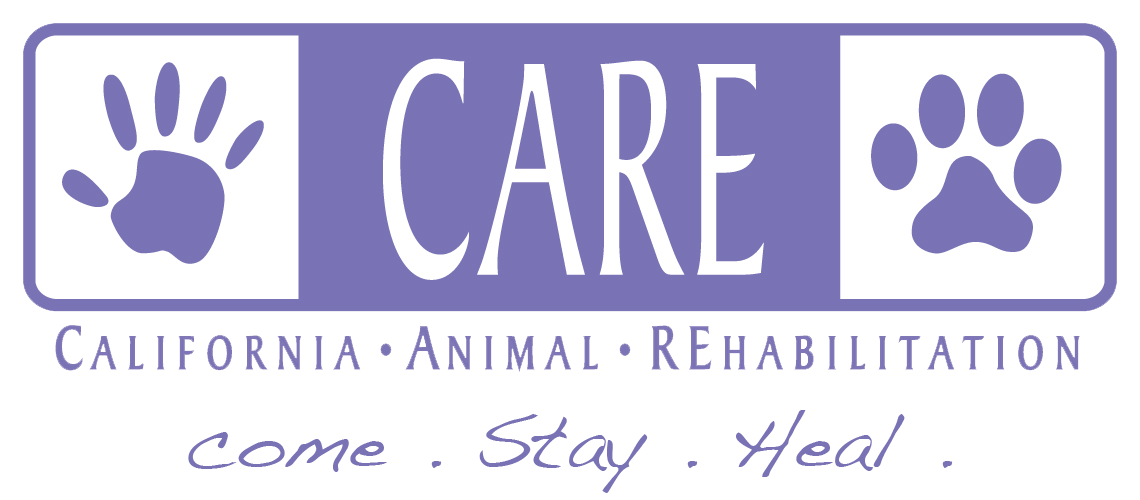Knowing what to feed your pet may be very confusing. While there is abundant information and research on human dietary needs, nowhere near as much is available for the pet side of nutrition. Here are my thoughts on pet food and diet.
What was evolutionarily appropriate for your pet when the breed was first being domesticated was probably still appropriate as food. For example, Scottish Terriers were bred as fox hunters and their primary meat sources were mutton, poultry, and beef. That diet contained certain fat-to-protein ratios as well as certain minerals that most likely are not being duplicated in today’s commercial preparations.
Commercial food became popular around the Second World War due to its convenience. Now these foods have become the mainstay of pet nutrition. While helpful and convenient, they should form the basis of the diet but should also be supplemented. Sometimes additives and preservatives will ill affect the value of the food. Feeding your pet with a variety of natural fresh foods that are aligned with their evolutionary diet is much preferred.
Personalizing Your Pet’s Diet
Above and beyond customizing the diet to the pet’s breed, one needs to customize the diet to the individual pet. Age, developmental stages, allergies, overall health, among others will individualize your pet and its needs, and consequently its diet. As in Traditional Chinese Medicine perspectives, food should be considered as medication, a treatment for ailments, not just as an energy source for living. Just as you are what you eat, the same holds true for your pet. Some pets do not tolerate specific types of foods, such as high fat foods, protein sources, or foods with lactose. Individual tolerances must also be taken into account when personalizing a diet.
Enhancing Your Pet’s Diet
It is important to subsidize your pet’s diet with natural fresh fruits, cooked vegetables, and lean proteins. These foods are innately less allergenic, are closer to the pet’s evolutionary needs, are full of antioxidants, allow for variety in the food and allow for the personalization of the food to the pet. But if cooking and shopping for your pet’s food is not very convenient, then commercial food that you supplement would be a reasonable alternative. By the way, raw vegetables are not easily digested or absorbed by your pet, so cooking those is preferable. Raw meat has caused food-born diseases and parasites. It is best to cook the pet’s meat protein. With respect to providing a balanced diet, the general rule is that if more than 75% of the pet’s caloric intake originates in a commercial food, it is not necessary to have the diet professionally analyzed and balanced. However if more than 75% of the pet’s caloric intake is through home preparation, while that is wonderful, the pet’s diet should be analyzed to make certain that all minerals and vitamins and trace elements are ingested in the correct amounts and ratios. For example, the calcium-phosphorus ratio is very small but potent.
Reading Food Labels
There is a lot of information on the label of the food, but at the same time there is so much that is not there. Three things to look for on the label: “complete and balanced”, “AAFCO information”, and “ingredient list”.
Complete and Balanced
The designation “complete and balanced” guarantees that the diet was designed to meet the basic health standards created by AAFCO.
AAFCO Information
“AAFCO” stands for Association of American Feed Control Officials. While AAFCO should be commended for its standards and testing protocols it is not the only such organization. The “NRC” (National Research Council), is a much respected research body, but pet food companies typically do not adhere to their guidelines of pet nutrition. Pet food companies typically use only AAFCO guidelines. When buying pet food, look for this quotation: “Animal feeding tests using AAFCO (Association of American Feed Control Officials) procedures substantiate that (name of product) provides complete and balanced nutrition for “the current life stage of your pet.” This paragraph assures you that the food not only meets AAFCO standards, but was successfully TESTED for safety and efficacy. The above quote is not the same as this one: “(name of food) is formulated to meet the nutritional levels established by AAFCO food nutrient profiles for “the current life stage of your pet.” This quote indicated that NO TESTING has been conducted.
Ingredient List
Since foods in the list are arranged to show the greatest amount first, then look for protein as the first ingredient. It may appear as human grade meat, meat, meat and bone meal, meat meal and meat for dogs. The first three ingredients on the list must not include: by-products, meal dinner, meat entree, meat platter, dog food with meat, and meat flavored.
ONE OF MY NUTRITION GOALS IS TO DISPEL THE MYTH THAT “HUMAN FOOD” IS BAD FOR PETS. IN FACT, THE CONTRARY IS TRUE. NATURAL WHOLE FOODS ARE PROPER FOR ANIMALS. I WOULD LIKE TO SEE ALL PETS ON A HOME COOKED DIET, OR, A HIGH QUALITY COMMERCIAL DIET BACKED BY AAFCO TESTING AND ENHANCED WITH APPROPRIATE WHOLE FRESH FOODS. LET’S GET COOKING!





